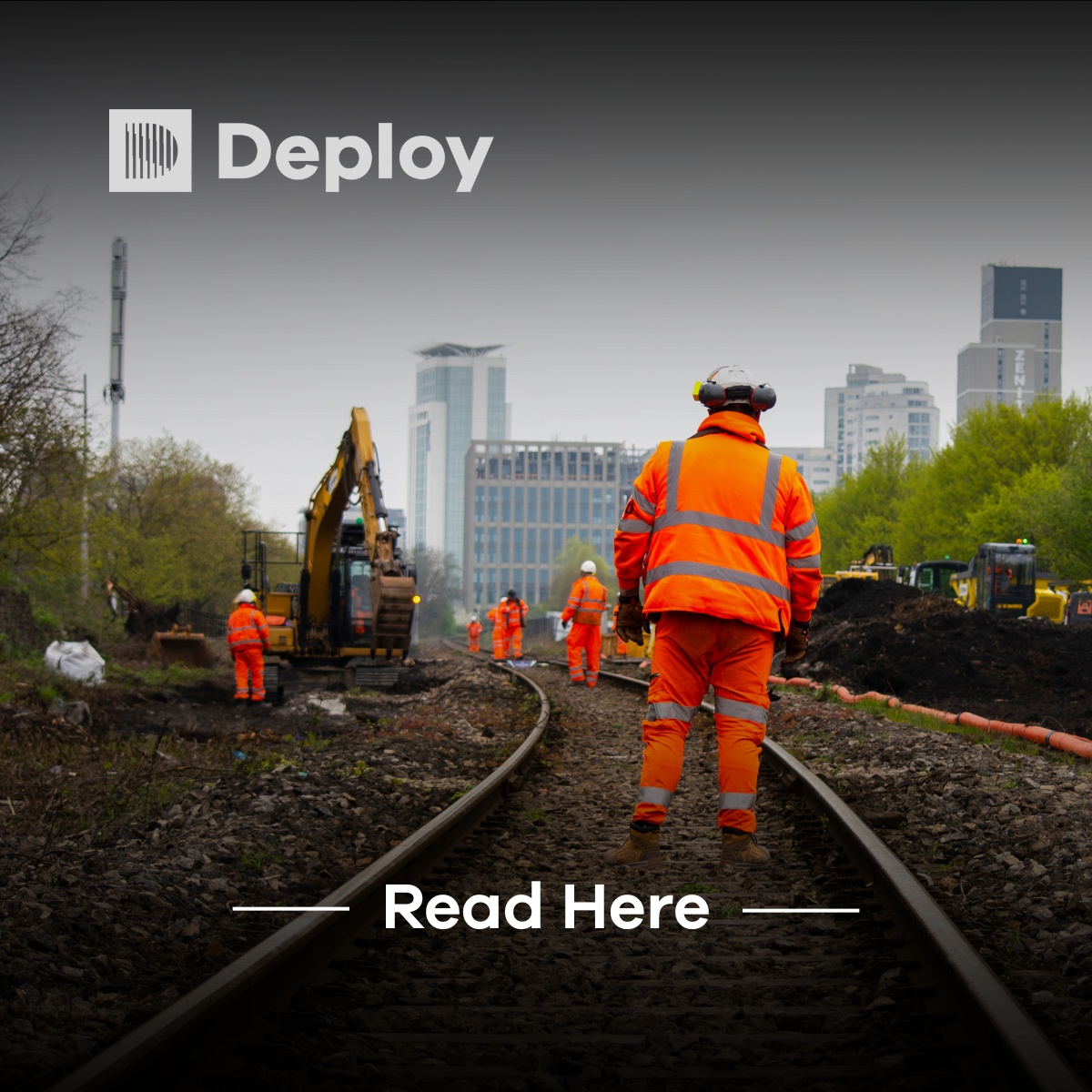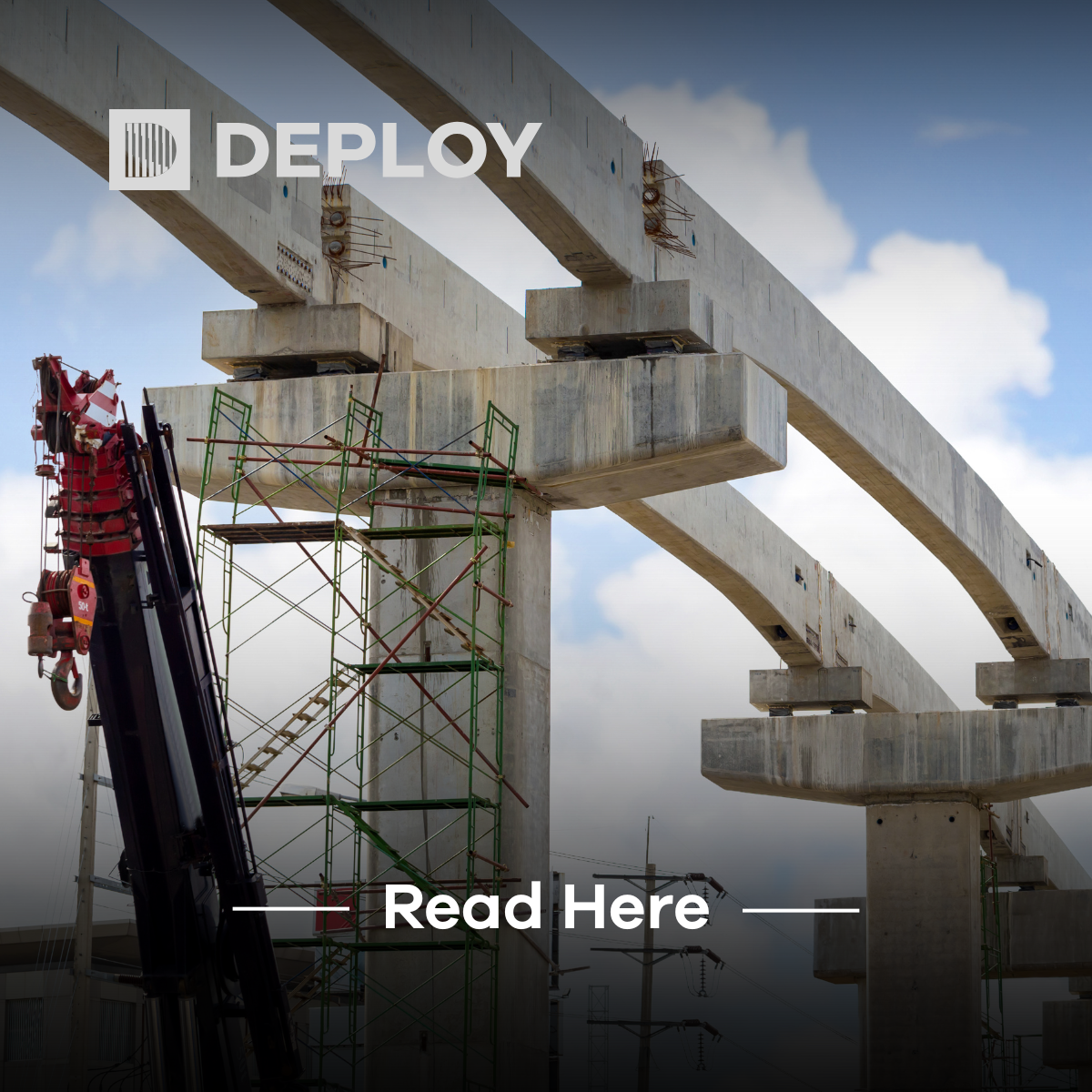Charfield to Get New Station After 60 Years
Charfield’s Railway Revival: First Station in 60 Years Brings New Opportunities
After more than half a century without a station, the quiet village of Charfield in South Gloucestershire is on track to reconnect with the UK rail network. Thanks to a £39.5 million investment, construction is now underway on the village’s first railway station since 1965—bringing with it new travel options, economic potential, and a symbolic step forward for regional connectivity.

A Long-Awaited Return
Charfield lost its original station in the 1960s during the sweeping cuts to Britain’s railways recommended by the Beeching Report. For decades, residents have relied on cars, buses, or distant stations to access the wider rail network. This gap has been a consistent challenge for commuters, students, and businesses—especially as neighbouring towns have grown and prospered with better transport links.
The new station aims to change that. Set to open by spring 2027, it will feature:
- Direct services to Bristol, Yate, and Gloucester, reducing travel times and expanding commuting options.
- A pedestrian footbridge for safe platform access.
- Cycle parking to encourage greener travel.
- Integrated bus links for improved local mobility.
Why Now?
This project is part of a broader push to strengthen public transport in the South West, easing congestion on roads, cutting emissions, and opening up rural areas to more sustainable economic growth. With ongoing investment in rail infrastructure across southern England, Charfield’s inclusion in the plan sends a clear signal: smaller communities still matter in the national transport conversation.
Economic & Social Benefits
Beyond the convenience for residents, the station is expected to:
- Boost property values and attract new residents seeking rural living with urban access.
- Provide local businesses with better connections to customers and suppliers.
- Support regional regeneration projects, creating knock-on opportunities in nearby villages and towns.
Sustainability at the Core
By encouraging train travel over car use, the project aligns with the UK’s broader environmental goals. Rail is one of the most energy-efficient forms of transport, and with better links, Charfield can play its part in reducing the region’s carbon footprint.
Looking Ahead
Construction is due to begin this month, with significant groundwork taking place through 2025. By early 2027, Charfield could be welcoming passengers to its platforms for the first time in over 60 years—a historic milestone that blends nostalgia with forward-thinking transport planning.
Final Thought:
Charfield’s new station isn’t just about trains—it’s about connection. Connection to cities, to jobs, to opportunity, and to a sustainable future. For a village that’s waited more than half a century, the countdown to spring 2027 will be worth every moment.






